Fritz Gerke entered a pet store for the first time on 12 July 1982. It was the beginning of an unexpected and exciting period in his life, a journey through widely varying areas of the pet supplies business - starting from a small pet shop in the west of Germany via working as a franchise partner in a 900 m2 Fressnapf branch to an export manager operating at international level.
1982 was the year in which Helmut Kohl became Chancellor of Germany, Nicole won the Eurovision Song Contest with “A Little Peace” and the Walkman was invented. When Gerke first entered the pet shop on the Hansaplatz in the small town of Soest that year, he had already completed two-and-a-half years of a course in retailing. He was in the fourth term of his business administration course.
All in 60 m2
A whole new world now opened up to him: smells that were unfamiliar, birdsong, chirping crickets, screeching parrots. Not only that, but also dozens of aquariums with a film of algae and featuring bright fish species from all over the world, tiny terrariums with scorpions, tarantulas, snakes, geckos and mealworms, rusty cages with budgerigars, canaries and a variety of parrots. The store also housed hamsters, rabbits, mice, kittens playing in the shop window and a host of other small pets, too. Shelves crammed into the shop were laden with accessories and food for every species of pet, along with countless bird cages hanging from the ceiling 4.2 metres above.
“Four employees were struggling to look after the pets, operate the till and serve the stream of customers, all on a retail area of just 60m2. There was no office or staffroom. All the shop had was a cramped toilet and small washbasin in the rearmost corner. This was where I would spend the first four weeks of my vacation, but promises must be kept. And so there was no going back.
For whatever reason, this strange, bazaar-like atmosphere fascinated me. I quickly began to develop my own ideas of how to transform the chaos into a modern, organised retail store, especially as I had been given the opportunity to take over the business. It thus not only became a summer holiday job, but also signalled the premature end of my course, even if I continued my marketing studies subsequently at the distance learning university in Hagen.
The circumstances of the shop couldn’t have been better. The rent was very low and the building was directly behind a large bus terminal from where buses travelled all over the surrounding area. More than 160 paying customers frequented the shop on average on a daily basis, although it was always hectic, as they were always afraid of missing their bus.”
This marked the beginning of 40 years in the pet supplies business, which brought Gerke growing delight over the years. Even in nationwide “group practice”, as he calls it, he was able to amass a lot more vocational experience after 1983.
Following a makeover and complete reorganisation, the shop in Soest recorded sales in excess of DM 630 000 in 1985 on the same retail area in the same location. The highlight of that year was 312 customers standing in a 30-metre queue outside the shop on Christmas Eve. For anyone who wasn’t around at the time, this description of a pet shop may sound incredible and absurd. And from a current viewpoint, Gerke agrees: “It was absurd!”
“Acquiring a pet and owning a pet have fortunately changed and improved greatly to the benefit of pets, both in pet stores and at home among pet owners. Special offers such as a Timneh grey parrot plus cage for DM 375 or Greek tortoises for DM 9.90 are happily a thing of the past,” Gerke told pet.
Pet owning tailored more to the species
A lot of new animal welfare legislation has been introduced and existing regulations have been improved. Many imports were stopped completely and stringent regulations with statutory controls are now standard for the welfare of animals. Associations and organisations work constantly to maintain and improve standards. The specialist knowledge of staff is getting increasingly better and new media help to ensure that customers receive more comprehensive information, so that pet owners can be more attentive to the needs of the species they keep.
Products in the categories of pet food and accessories have made unbelievably large advances, according to Gerke. Many of the services offered for pets now are taken for granted, but didn’t even exist when he entered the business. Veterinarians now specialise to a much greater extent and are able to treat diseases better, with early diagnosis and preventive treatment.
“The entire human-pet relationship has developed in this way into a respectful friendship based on an understanding of individual needs. People have recognised that they need animals to feel and preserve their humanity and to develop it,” explains Gerke.
In the last four decades, economic and other crises have arisen time and again, but Gerke says that the pet sector has always succeeded in seizing these events as an opportunity and taking advantage of them. “Consistent development, far-sightedness and courage were an investment in a positive future. Alongside all the changes and stressful social and political circumstances, we must also face the new challenges of the market and search boldly for solutions and find them.” Gerke cites sustainability, individualisation and customisation as some of the relevant issues at present, as well as subscription models for daily use products, digitalisation and the combination of online and stationary retailing together with the increasingly new demands and lifestyles of the customers. “The customer wants to be looked after, not just supplied with products. Products must be brought to life.”
The place where customers shop must be a multifunctional place, in his opinion: a place in which they not only shop, but where they can enjoy the experience, have fun, learn and explore. A “best-in-class retail experience” is the aim, says Gerke. “My journey through time is continuing, and I look forward to it.”

 Menü
Menü

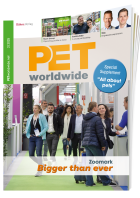



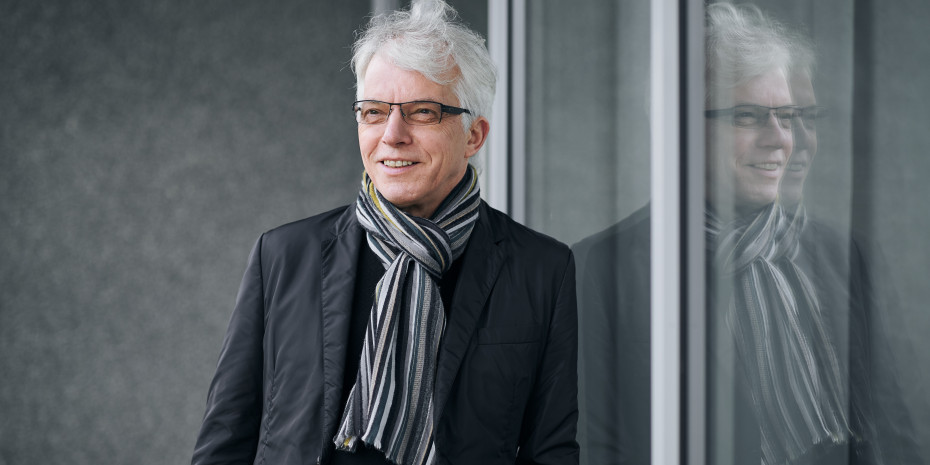

 3/2022
3/2022




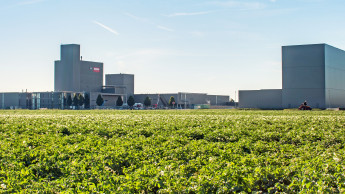
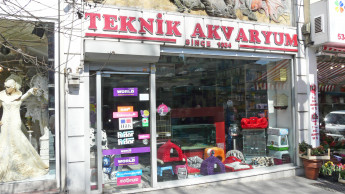
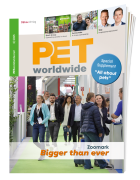
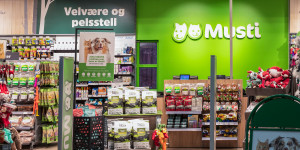
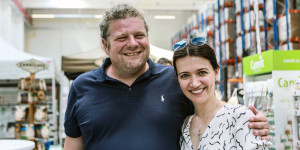
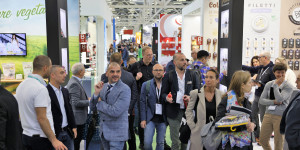

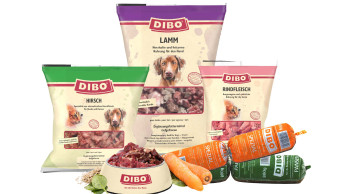
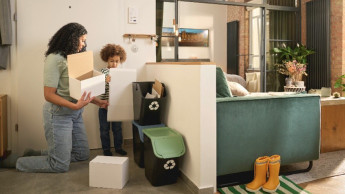
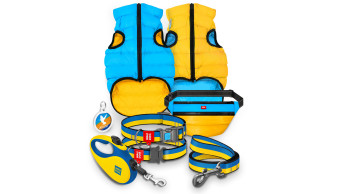
 Newsletter
Newsletter